Communities Take the Lead in Development
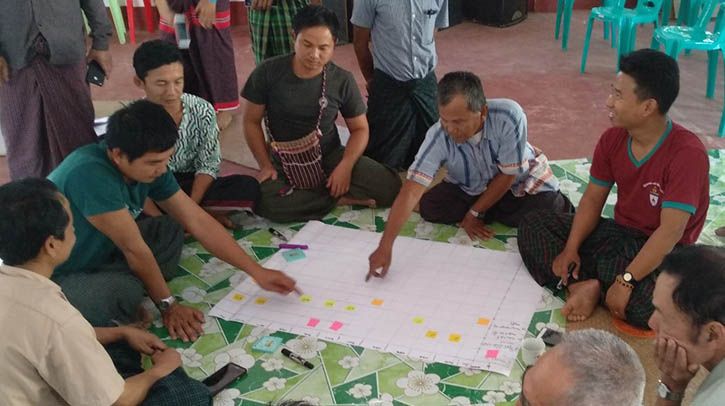
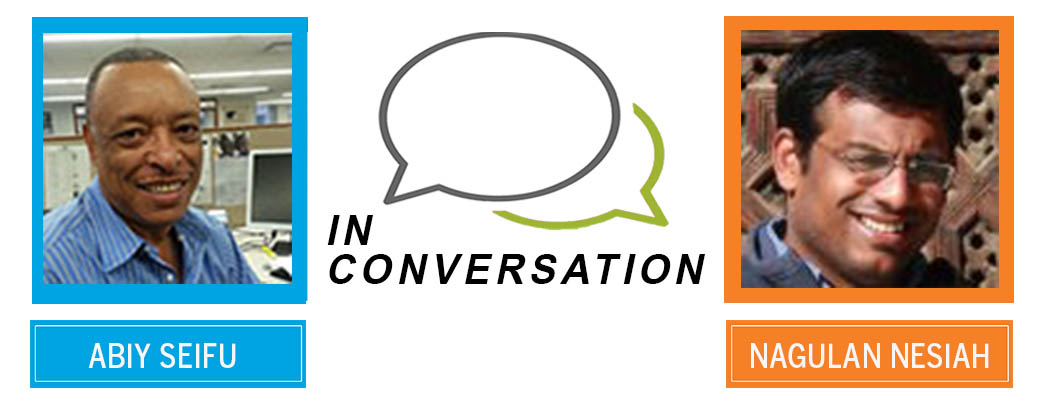
The In Conversation series offers up an opportunity for people to gain a deeper understanding about how Episcopal Relief & Development partners with communities around the world. In this blog we capture a conversation between long-time program officers Nagulan Nesiah and Abiy Seifu on the merits of Asset-Based Community Development (ABCD).
Episcopal Relief & Development: Asset-Based Community Development (ABCD) is the cornerstone to our approach in partner communities. Could you provide a brief description of what it is?
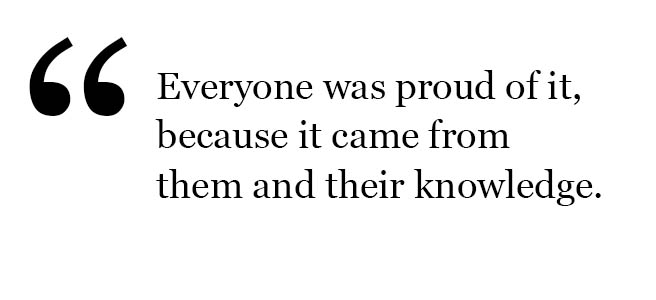
Nagulan: ABCD is a set of approaches or ‘tools’ to include and facilitate individuals and communities to plan and act effectively on their own. ABCD tools are applicable to any development context—agriculture, health, disaster risk reduction. The lens might differ, but the objective is for people to feel able to answer questions and offer solutions.
Abiy: The simplest description is that ABCD hands access and control over resources and decision-making to the affected communities.
Episcopal Relief & Development: What are each of your favorite tools?
Abiy: The preference-ranking matrix is great. For example, village communities in Zimbabwe organized into a horticulture group, and were unsure about what vegetables to plant in jointly managed plots.
Using preference-ranking, they first identified their key qualities like storage (shelf life), income (market price), labor and nutrition. Then, they ranked each vegetable according to these key qualities, finally reaching consensus about the type, quantity and proportion of varieties to plant. Often, a community may find a popular vegetable variety less preferable once key attributes like more income, prolonged shelf life or good food source for children is made clear.
Nagulan: For Disaster Risk and Reduction communities (DRR) the preference-ranking matrix is definitely important, as are timelines and asset maps. When communities literally ‘draw’ their resources it makes it easier to visualize and build on what’s already there. All of these tools give people a wealth of material to analyze and develop solutions from.


Abiy: Communities have needs and interests that we as outsiders often can’t see. Communities are not homogeneous! For example, if a village identifies water shortages as a top concern, using participatory ranking tools in groups separated by gender may reveal that while women (who have to travel long distances and carry large containers on their backs) will always prioritize water as their top concern, men actually prioritize grazing land or veterinary drugs. An ABCD approach allows everyone to understand the impact of age, gender and other roles on an individual’s perceptions…
Nagulan: ABCD taps into skills and knowledge and history and relationships, so communities identify their own solutions. This can initially be a challenge to some partner institutions because the church and the NGO community have historically seen their role as one of providing solutions.
Abiy: I think it’s a healthy challenge. It can transform false assumptions for everyone involved. I’ll give you a quick example. In Cape Mount, there was a gathering of church and NGO partners and two community groups, an all-women’s savings group and a mixed gender farming group. The savings group had a farm scheme producing tons and tons of rice. Their action plan for 2017 was a) use some seeds for planting and b) sell the excess to other savings groups at a reasonable price. Meanwhile, we learned that the farm group’s action plan also included receiving seed from an NGO partner, which wasn’t necessary! This was a great example of how recognizing resources and assets changed everyone’s expectations around the need for external supports.
Episcopal Relief & Development: Ideally, in our helping people, what does it look like when we get it right?
Nagulan: Let me speak from the disaster preparedness context. Nine communities in El Salvador dealing with yearly floods engaged in ABCD risk mapping exercises. One community decided on the best location for a disaster shelter, another to protect water sources, another to strengthen the roads. Because each community offered their own solution, there was better ownership of the problem, better participation, more effective solutions and, I think, better results.
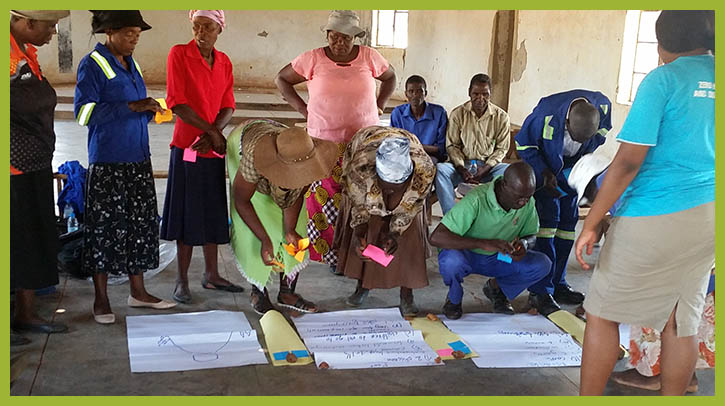
Episcopal Relief & Development: What are some of the most interesting stories or proudest moments you’ve experienced cultivating ABCD?
Abiy: Matabeleland in Zimbabwe is arid and drought-prone. People lead very, very difficult lives, exacerbated by Mugabe’s policies. A historical timeline seemed like an excellent way of analyzing the past to understand future challenges. Our team organized ourselves as facilitator, observer and note taker, telling people we were there to hear the story of drought (which they were actually again in the midst of!)
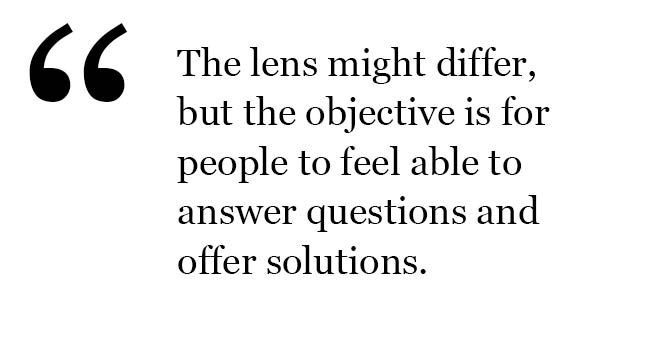
We asked a mixed group of women, young men, and older people of varying levels of literacy “in your memory, when was the first drought?” Memories went back to 1947. People were very emotional, talking about the locust infestation and grazing land being encroached. Over 3-4 hours, they made a matrix with a long pawpaw stick to show what happened. We found that drought intervals shifted 8-10 years between 1947-60, 6-7 years from 1960-1990 and every 5 years since 1990. They also reported on how coping mechanisms changed over time, which enables monthly surveys to track things like the unusual movement of people, livestock disposal, increases in crops… plus, the community outlined their emergency preparedness plan, enabling them to respond to different conditions.
Episcopal Relief & Development: How did they use the information?
Abiy: Farmer representatives used a flip chart to document the stick map. The flip chart was used repeatedly to inform people about indicators of drought and action plans and then posted in the village. Everyone was proud of it, because it came from them and their knowledge.
With the ABCD approach people end up owning both the process and the resulting documentation. Again, it’s about them contacting and connecting with one another rather than looking up to me or anyone else as the expert or authority.
About
 Nagulan Nesiah joined Episcopal Relief & Development over eleven years ago from the staff of the Diocese of Colombo, Sri Lanka, where he helped oversee the post-tsunami relief and recovery plans of the Church. Using that experience, Nagulan has led Episcopal Relief & Development’s disaster risk reduction sectoral strategy, including facilitating the process that led to the ‘Pastors and Disasters’ Toolkit, a contextual resource to assist the organization’s partners and their target communities build their resilience to disasters. Nagulan currently serves as Senior Program Officer for Disaster Response and Risk Reduction, coordinating the organization’s international emergency responses while continuing to manage community development activities in a portfolio of countries. He is based in Sri Lanka.
Nagulan Nesiah joined Episcopal Relief & Development over eleven years ago from the staff of the Diocese of Colombo, Sri Lanka, where he helped oversee the post-tsunami relief and recovery plans of the Church. Using that experience, Nagulan has led Episcopal Relief & Development’s disaster risk reduction sectoral strategy, including facilitating the process that led to the ‘Pastors and Disasters’ Toolkit, a contextual resource to assist the organization’s partners and their target communities build their resilience to disasters. Nagulan currently serves as Senior Program Officer for Disaster Response and Risk Reduction, coordinating the organization’s international emergency responses while continuing to manage community development activities in a portfolio of countries. He is based in Sri Lanka.

Abiy Seifu is currently Senior Program Officer in Episcopal Relief & Development. Abiy Seifu has over 25 years of experience in programs design, monitoring and evaluation systems, performance measurement and improvement, capacity building, participatory evaluation and impact monitoring, preparation of training modules for field staff and organizational capacity assessment. He has an MS in Development Management from American University, SIS, Washington DC and an MS in International Economic Relations from Kiev State University. He has sector-specific expertise in Early Childhood Development, Food Security and Resilience, Livelihoods, Gender and GBV and Institutional Strengthening.
Images: Top and Middle 1—Partners in Myanmar plan community development; Middle 2—Partners in Zimbabwe at a Disaster Resilience and ABCD Workshop.


